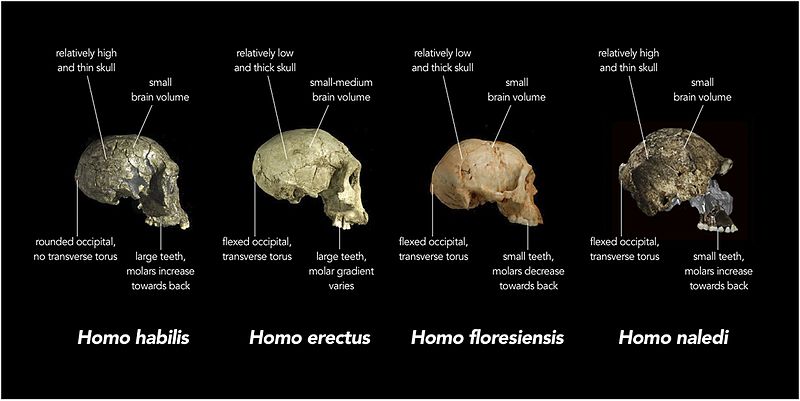File:Comparison of skull features of Homo naledi and other early human species.jpg

Tamaño di bista previo: 800 × 401 pixels. Otro resolushon: 320 × 160 pixels | 640 × 321 pixels | 1,024 × 513 pixels | 1,280 × 641 pixels | 2,560 × 1,283 pixels | 4,473 × 2,241 pixels.
Fail original (4,473 × 2,241 pixel, tamaño di fail: 382 KB, MIME type: image/jpeg)
Historia di fail
Klek riba un fecha/ora pa mira e fail, manera e tabata na e momentu ei.
| Fecha/Ora | Miniatura | Dimenshonnan | Usuario | Komentario | |
|---|---|---|---|---|---|
| aktual | 00:58, 12 sèptèmber 2015 |  | 4,473 × 2,241 (382 KB) | Animalparty | User created page with UploadWizard |
Uso di fail
E próksimo page uses ta uza e fail akí:
Uso global di fail
E próksimo otro wikinan ta usa e fail akí
- Uso na arz.wikipedia.org
- Uso na ast.wikipedia.org
- Uso na az.wikipedia.org
- Uso na bg.wikipedia.org
- Uso na ca.wikipedia.org
- Uso na ceb.wikipedia.org
- Uso na de.wikipedia.org
- Uso na en.wikipedia.org
- Uso na es.wikipedia.org
- Uso na eu.wikipedia.org
- Uso na fr.wikipedia.org
- Uso na ga.wikipedia.org
- Uso na he.wikipedia.org
- Uso na hr.wikipedia.org
- Uso na ia.wikipedia.org
- Uso na id.wikipedia.org
- Uso na ja.wikipedia.org
- Uso na kab.wikipedia.org
- Uso na ka.wikipedia.org
- Uso na kn.wikipedia.org
- Uso na nl.wikipedia.org
- Uso na nn.wikipedia.org
- Uso na no.wikipedia.org
- Uso na oc.wikipedia.org
- Uso na pl.wikibooks.org
- Uso na pt.wikipedia.org
- Uso na ro.wikipedia.org
- Uso na simple.wikipedia.org
- Uso na species.wikimedia.org
- Uso na sv.wikipedia.org
- Uso na tr.wikipedia.org
- Uso na uk.wikipedia.org
- Uso na ur.wikipedia.org
- Uso na vi.wikipedia.org
- Uso na vls.wikipedia.org
- Uso na www.wikidata.org
